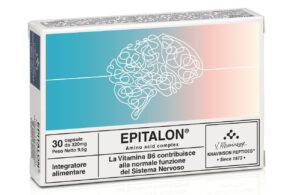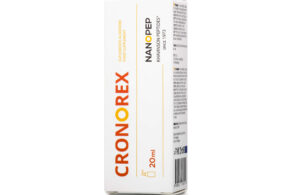A short look at terminology
The term “Peptide” is actually common in the world of biochemistry and is the generic name given to a small string of amino acids. Amino acids are the so called building blocks of life. They are very small molecules that have both an amine group (which means it contains a nitrogen) and a carboxylic acid group (which means it contains a carbon double bonded to an oxygen.)
Amino acids can be linked together because the amine group of one amino acid can connect to the acid group of another. Two connected amino acids are called a dipeptide, a chain of three is called a tripeptide, and so on. When a bunch of them are strung together the result is called a polypeptide. As a rule of thumb, if there are 50 or fewer amino acids hooked together, the chain is called peptide. If there are more than 50 it’s called a protein. Proteins can be VERY large and are organized in such a way that they have biological properties (for example proteins are components of hair and skin.) Some peptides occur naturally in your body and others are made synthetically to mimic the function of natural peptides.
















